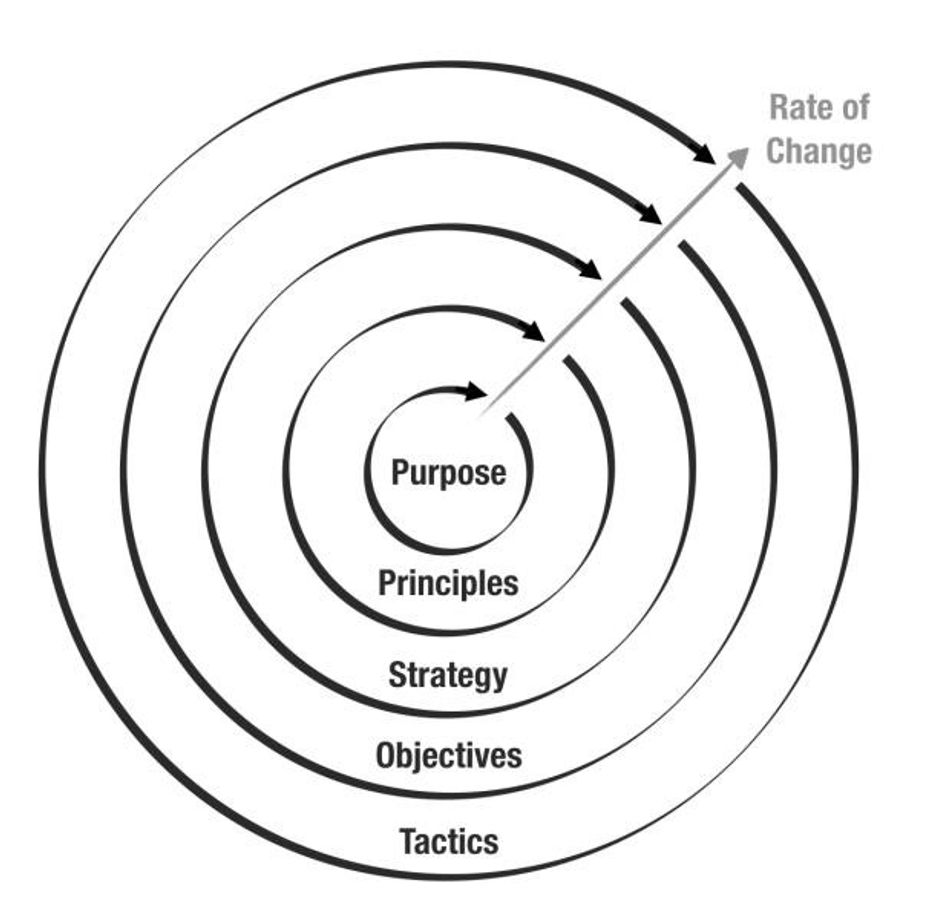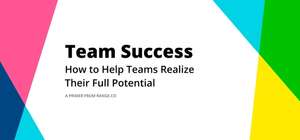
This article was originally published on Quartz at Work in March 28, 2018.
Companies that don’t constantly adapt to their environments are doomed to fail. As teams increase in size, as the product’s usage changes, as the competitive landscape adjusts, you need to change both how you work and what you’re working on. As Heraclitus wrote, "everything changes and nothing stands still."
But change is hard. People need consistency and certainty. Change creates anxiety and fear, which, in turn, are shown to decrease productivity and creativity.
How do we reconcile these two seemingly contradictory facts? Are you damned if you do and damned if you don’t?
The answer is that not all change is created equal. It’d be crazy if you needed four levels of approval to change what snacks you have in your office kitchen. Conversely, it’s going to be really jarring if you are suddenly told to drop all your work because a product line has been axed, without any explanation or foreshadowing.
The trick, therefore, is to allow for some types of changes to be fast and fluid, while requiring others to be slower and more deliberate. Some changes should require nothing more than a quick chat, while others need a stakeholder meeting, and others need an all-hands company meeting.
Often it’s easy to intuit the best approach, but when it’s not, I’ve found it useful to think at a meta-level about what is being changed. I imagine this diagram of concentric circles:

The closer to the center, the closer to the core of the business, so the more stable it will be. As you move outwards, the rate of change will increase.
Purpose
Changing rarely, the purpose or mission is why you exist. Google’s mission, “to organize the world’s information and make it universally accessible and useful,” has remained consistent over the years. Facebook has made a few subtle changes since the IPO letter. It started with a mission “to make the world more open and connected” and now its mission is “to give people the power to share and make the world more open and connected.”
Changes to purpose requires deep discussion with the company and re-evaluation of each of the remaining circles.
Principles
These are your company’s shared truths and values. Principles provide a systematic way to approach situations, and can increase consistency and organizational effectiveness. They define your culture. Often a company’s principles are unspoken or ambiguous, but they are most powerful when made explicit.
As you learn more about your business, and the world, new principles will emerge. Some will reinforce or refine the current strategy, but they will often indicate a change in worldview, which can cause you to reassess your whole strategy. I’d hypothesize that most substantial pivots can be diagnosed as the result of newly identified principles.
Strategy
This is how you intend to fulfill your purpose. The strategy should describe your approach and make it clear what activities do and do not fit into the plan.
Who are your customers? What value are you delivering to them? What are the priorities for execution? The answer to these questions will guide what initiatives are in play and how the company should be structured.
Strategy changes can be gentle course corrections, nudges that gradually change a team’s direction, but they can also be hard tacks. Big changes might trigger a re-org, cessation of existing work streams, or creation of new initiatives, all things that will cause increased anxiety if not managed carefully.
Objectives
What metrics are you looking at? What are your current goals? What sales or product milestones are you working towards?
Changes here will often align with development cycles or quarterly planning. Or you might have a more agile approach where targets are continuously reassessed.
If approached in an inclusive way — such that people feel agency — these changes can be low stress and happen frequently. If they are imposed top-down, a regular cadence can help set expectations and preempt uncertainty.
Tactics
Guided by your objectives, the current strategy, and your principles, this is where the day-to-day work happens. It includes how you break up projects and distribute work. How you decide whether to fix a bug or work on a feature. How you choose which customers to call this morning or which support ticket is the most important one to tackle next.
Changes here will be frequent, dynamic, and fluid. Tactical decisions should be made by people as close to the work as possible.

Change needs to be a constant for a company to be healthy, but you can’t approach all change the same. The closer you get to the core of your business the higher the impact of any changes in direction, and therefore the more thoughtfully it should be managed.
While working at a scaling startup, this framework has helped me reason about why some changes seemed so easy while other changes had the potential to sow anxiety and uncertainty.








